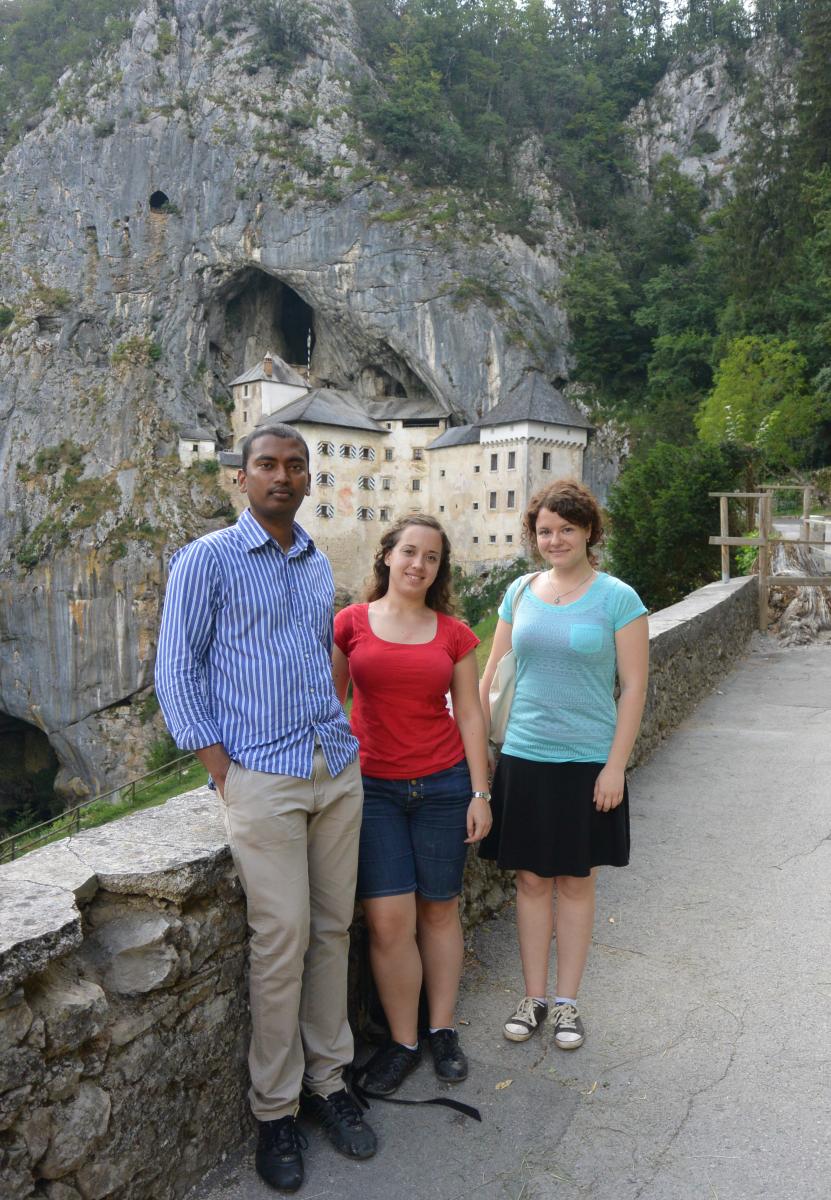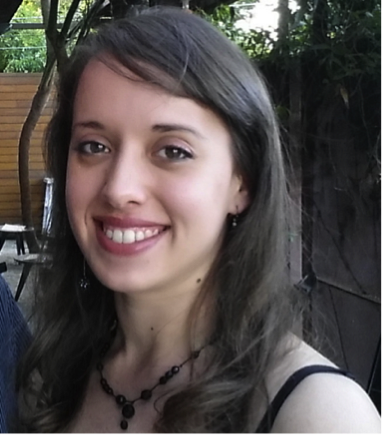Luna Backes Drault, a Graduate Student of Computer Engineering at Texas A&M University, has always had an international outlook – while studying for her first degree in Spain, she undertook internships in Slovenia and the UK. In her spare time she loves cooking for friends and listening to music, and also used to compete in ballroom dancing.
Luna, tell us a bit about yourself.
I completed my studies in Computer Engineering at the Universitat Politècnica de Catalunya in Barcelona (Spain) in 2015. I am now a Graduate Research Assistant at Texas A&M University in the USA, and am also undertaking my second summer internship at the Samsung Austin R&D Center, in the Performance Architecture team.
I have always taken opportunities to live international experiences. During my studies, I spent two months at the University of Ljubljana (Slovenia) through the PRACE Summer of HPC programme (https://summerofhpc.prace-ri.eu/). The following year, I spent a semester as an Erasmus exchange student at the University of Edinburgh (UK), and this led on to a three-month internship as a Research Assistant there. I have also attended many conferences and events in Europe and in the United States.
How did your career path lead you to HPC?
During my undergraduate studies, I had a few courses on parallel architectures and programming that were very interesting, plus many of my professors were also researchers at the Barcelona Supercomputing Center (BSC). I reached the conclusion that HPC is both an interesting and highly useful field of Computer Science. Through the faculty webpage, I learned about the PRACE Summer of HPC programme, and taking part in this opened my eyes to the world of HPC.
For my Summer of HPC placement, I spent 2 months in the Laboratory of ComputerAided Design at the University of Ljubljana, working on a project to allow additional ways to visualise data from tokamak nuclear fusion reactor simulations. Nuclear fusion promises to be the energy of the future – it is not possible to produce energy this way yet, but researchers from across Europe are carrying out simulations to try to understand how to do it. All the simulations are stored in a very complex database which only a supercomputer can deal with. This project aimed to improve the way scientists could analyse their experiments.

Luna (centre) and her PRACE Summer of HPC companions, Ezhilmathi and Evguenia, at Predjama Castle (Slovenia)
Working with my mentor, Leon Kos, was a great experience and I learnt a lot from him and the other people in the lab. It was also exciting to be part of a project which aims to benefit society as a whole, through finding a way to create a new alternative to fossil fuels.
Following on from this experience, the next year I took part in the ACACES Summer School, organised by the HiPEAC Network of Excellence (http://acaces.hipeac.net/2014/). The aims of this summer school are the dissemination of advanced scientific knowledge and the promotion of international contacts among scientists from academia and industry. This was during the period when I was working as a Research Assistant at the University of Edinburgh, following on from my semester there as an Erasmus exchange student.
When I came back from Edinburgh, I joined BSC as a Research Assistant, where I worked on the EC-funded Mont-Blanc project. Through this project, I ended up leading the Mont-Blanc Climbers team, one of 11 teams that took part in the HPCAC-ISC Student Cluster Competition 2015 at ISC, the major annual European HPC conference. This annual competition is designed to introduce the next generation of students to the world of HPC. Teams of students have to build a small cluster of their own design on the exhibit floor, and race to demonstrate the best performance across a series of benchmarks and applications. We were the first team to bring an ARM-based cluster to the competition to promote emerging technologies in HPC.
In 2015, I also took part in the International HPC Summer School, which was held in Toronto (Canada).
Why work in HPC? What are the exciting aspects?
One of my passions is computer architecture. I like to think that by improving the processor’s architecture and making it faster and more efficient, I am contributing my grain of sand towards solving current social challenges while other scientists develop the algorithms. These kinds of problems require lots of compute resources to solve them in a timely manner. It is also great that for HPC it is necessary to combine the expertise of scientists from different fields.
Are there any challenging aspects in working with HPC?
There are many. For example, the challenge of scaling an application to a huge number of cores, while making efficient use of resources. This is important to minimize costs and still get an accurate result.
Another significant problem is power: today’s supercomputers already consume about 20MW. This, combined with the impossibility of making the transistors smaller to get more performance, brings an important challenge to computer architects. Adding more processors would just require a huge amount of power.
And third, in HPC, it is necessary to work and collaborate with scientists from different fields. This is very nice, but it can be a challenge too, especially if they all are in different countries.
Where do you see your career leading you next?
I just finished my master’s degree and I am starting a PhD right after my internship. After that, I expect to apply my knowledge and keep working on computer architecture. In the future, I would like to manage a team to create high performance and efficient processor architectures.

